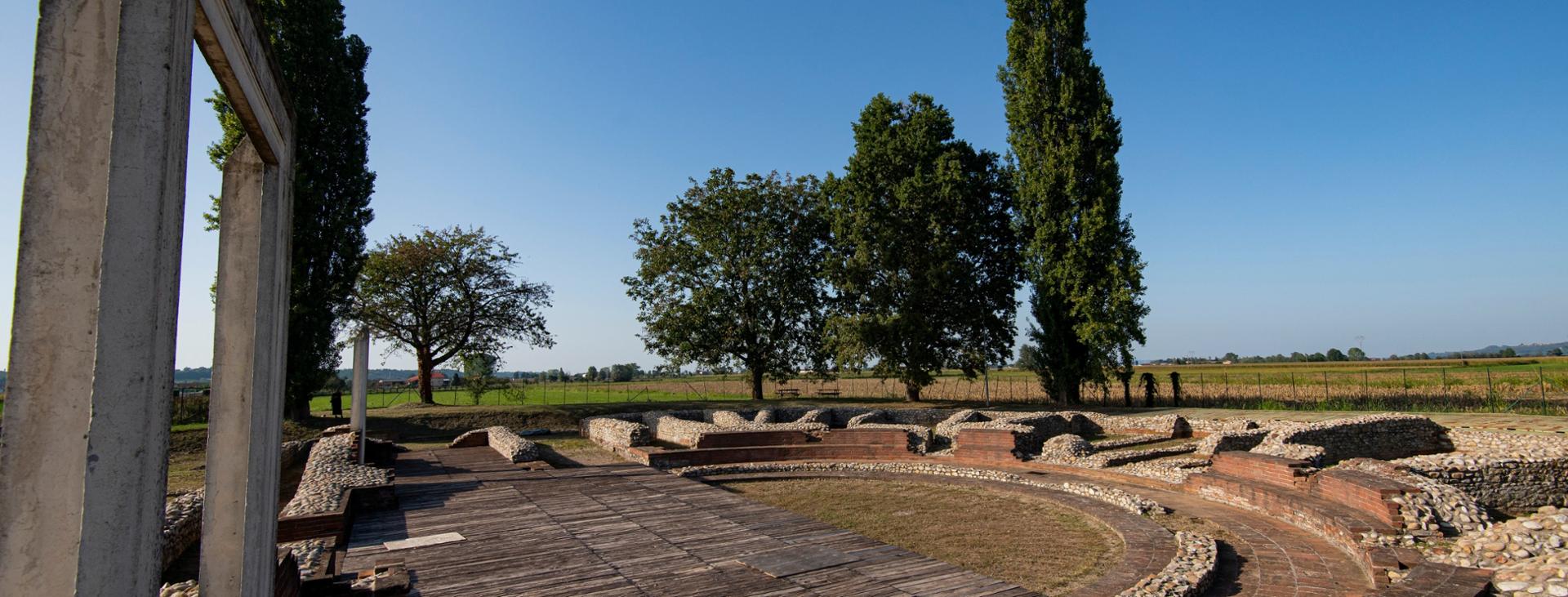
BENE VAGIENNA
- Home
- The Territory, our home - Visit Cuneese
- FROM THE ANCIENT AUGUSTA BAGIENNORUM TO THE BAROQUE BENE VAGIENNA
FROM THE ANCIENT AUGUSTA BAGIENNORUM TO THE BAROQUE BENE VAGIENNA
Bene Vagienna, a must for archaeology lovers, was an important centre, known in Roman times by the name of Augusta Bagiennorum. It has preserved the remains of the theatre, the early Christian basilica and the aqueduct from its ancient splendour. Its history is told by the archaeological museum in the historic centre of the town. In July, the ancient Roman theatre becomes the venue of the classical culture festival “Le Ferie di Augusto”.
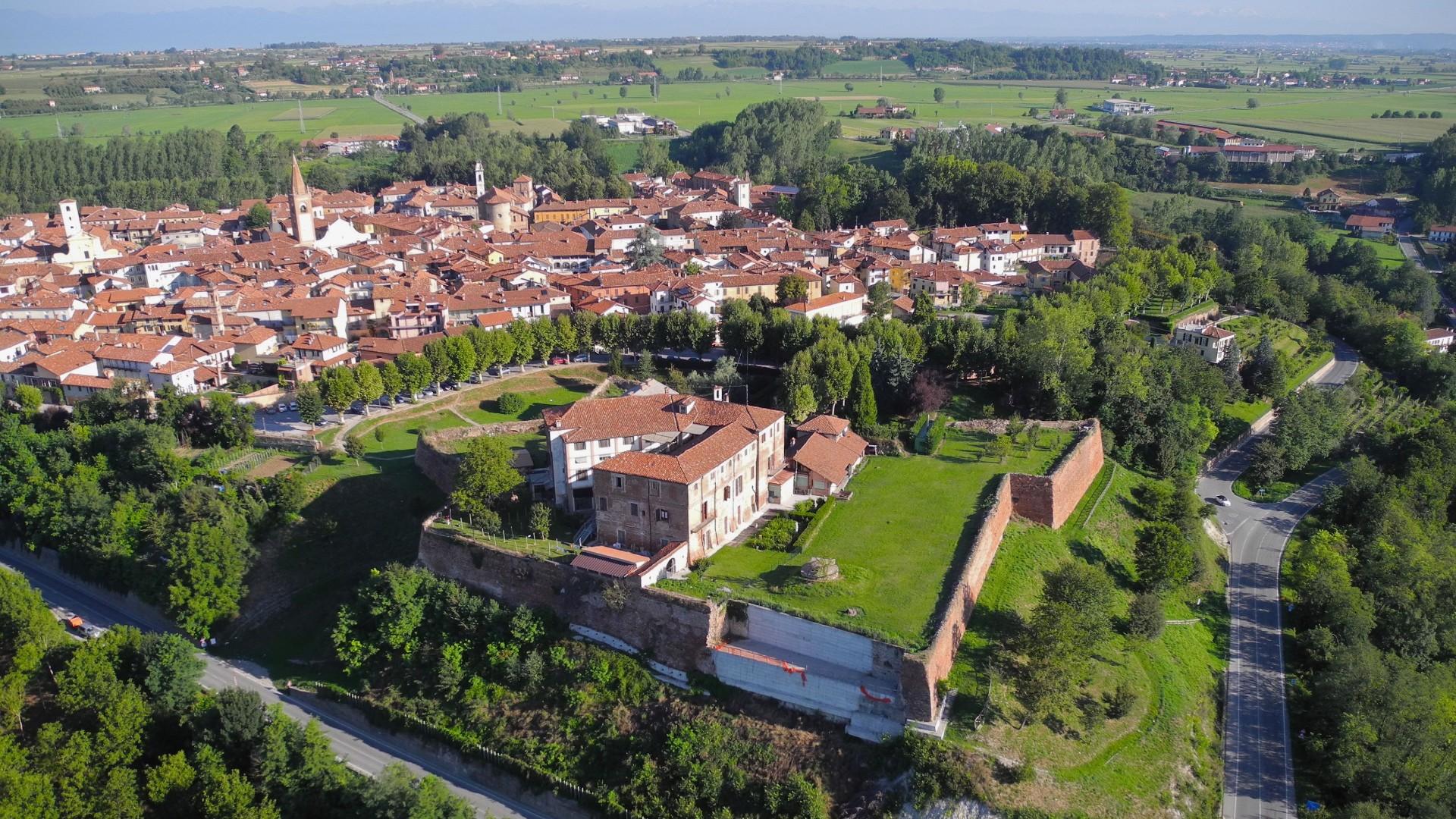
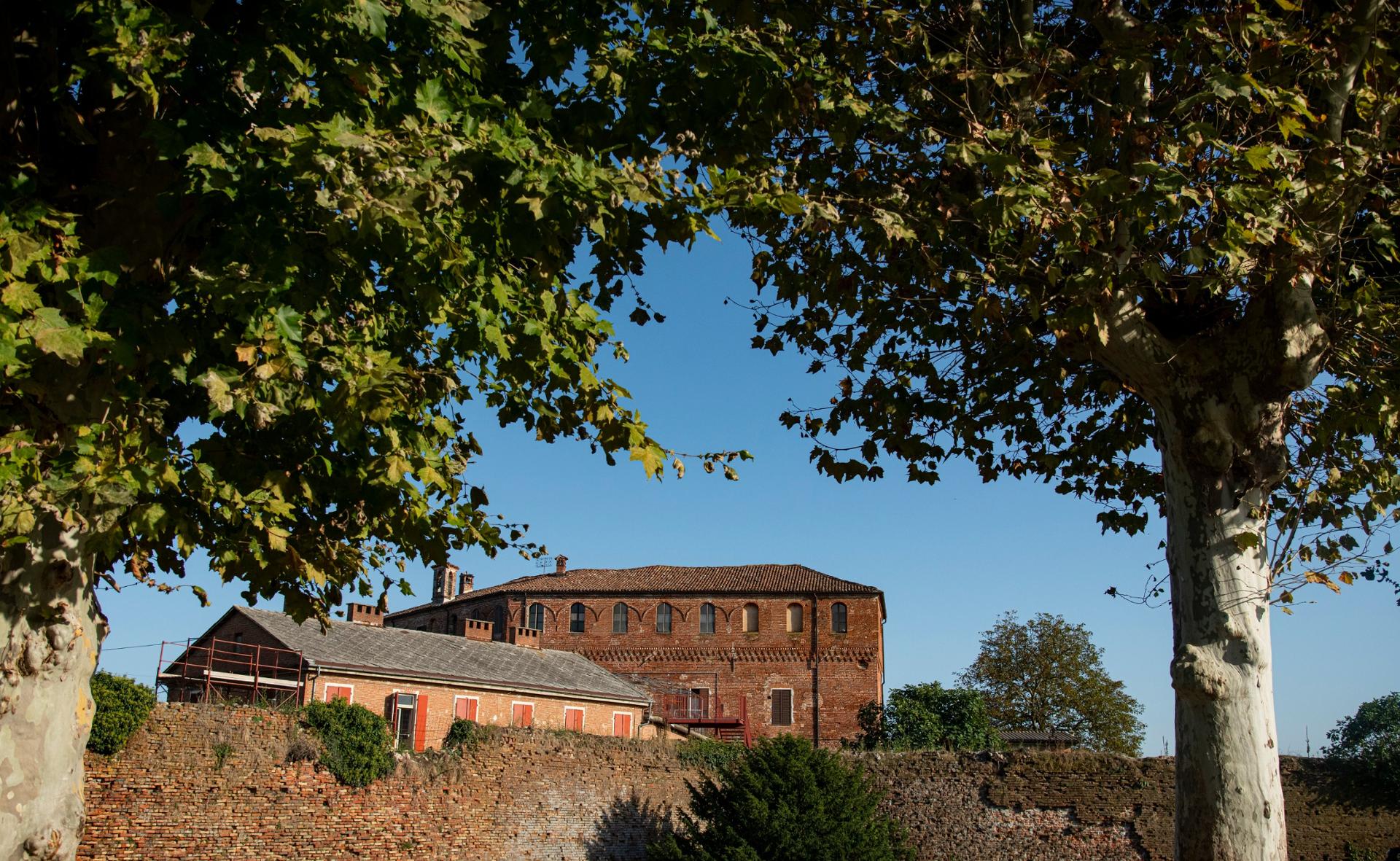
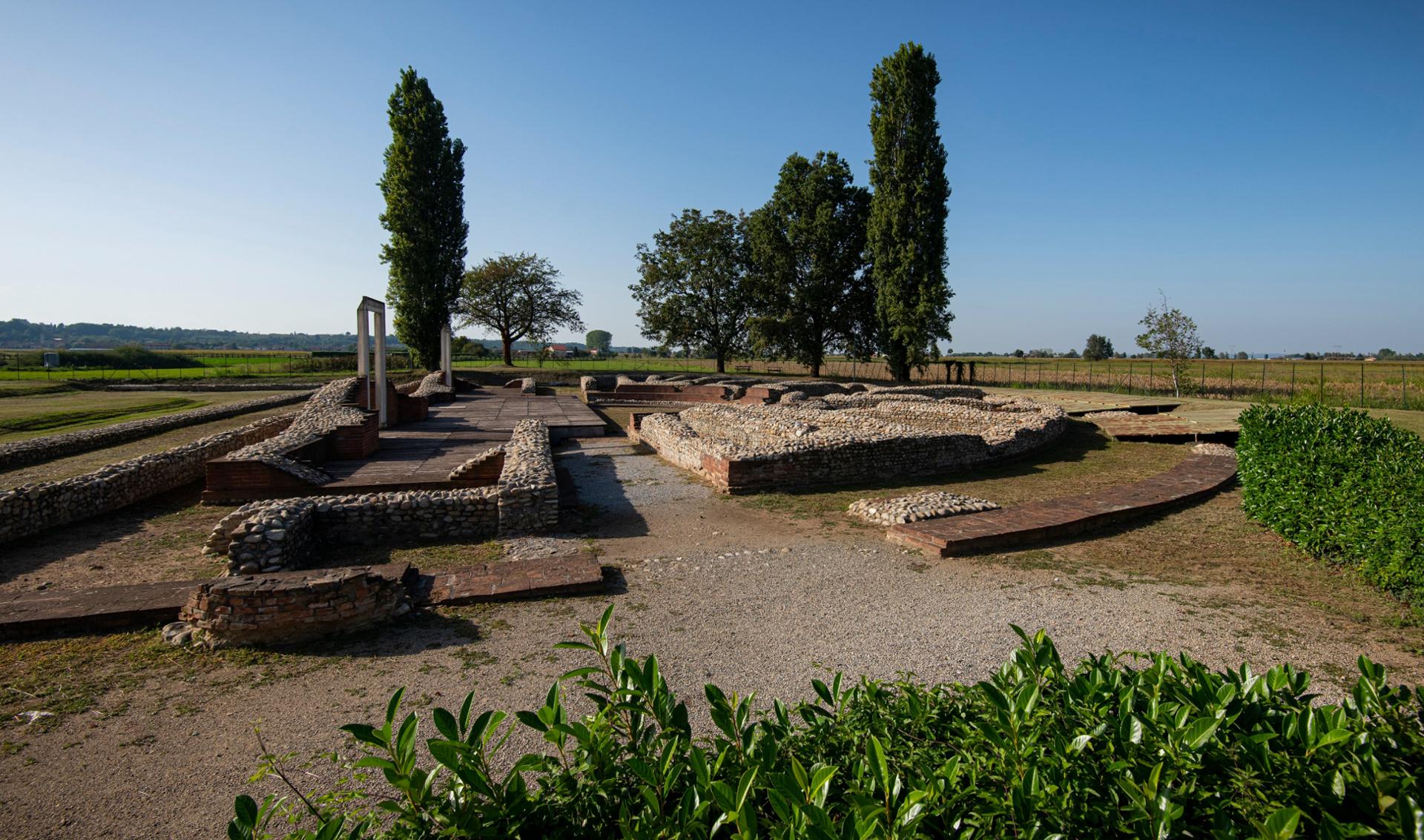




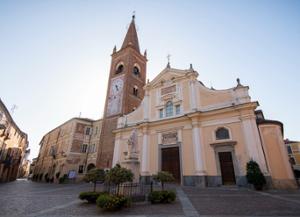
Discover
more

Bene Vagienna, a small town surrounded by countryside that is perfect for hiking or cycling, is a must for archaeology enthusiasts. The traces of the ancient Augusta Bagiennorum, a Roman settlement of great importance, were rediscovered in the nineteenth century and we can still admire its remains today. In July, the theatre hosts the Ferie d’Augusto event, a cycle of performances inspired by the most important classical works.
The findings discovered in the site are exhibited in the old town centre, at the Civic - Archaeological Museum, in the prestigious Palazzo Lucerna in Rorà. The town boasts a series of buildings of great artistic value, which entice the visitor to stroll through its streets, perhaps savouring a Basin di Madama Racchia, a delicious traditional cake, or stopping at the local Tourist Office, in the splendid Palazzo di Casa Ravera.
Taking Via Roma, you enter the oldest part of the town, while along the avenue to your right you can see the unique “pallapugno” playing field, a traditional sport from southern Piedmont and western Liguria.
Continuing through the old part of the town, under the arcades, you come across the Chiesa dei Battuti Bianchi. On the opposite side of the street stands the church of San Francesco, which houses a Juvarra altar and the remains of the Blessed Paola Gambara Costa, a figure fervently venerated by the townsfolk. The annual commemoration staged in January in the moat of the fifteenth-century castle is dedicated to her.
The main square hosts the statue dedicated to Giovanni Botero, illustrious writer born in the town and author of the treatise "Della Ragion di Stato". Clearly datable to the Middle Ages, it is towered over by the striking Romanesque-Gothic bell tower and the seventeenth-century parish church of Santa Maria Assunta.
esempi di as xml: xml serveResource con templateId (chiave)
esempi di as json: json serveResource con templateId (chiave)
esempi di as json e siteId: json serveResource con siteid
en_US
What
to do
en_US
Experiences
No result found
en_US
Where
sleeping
en_US
Offers
en_US
Info



